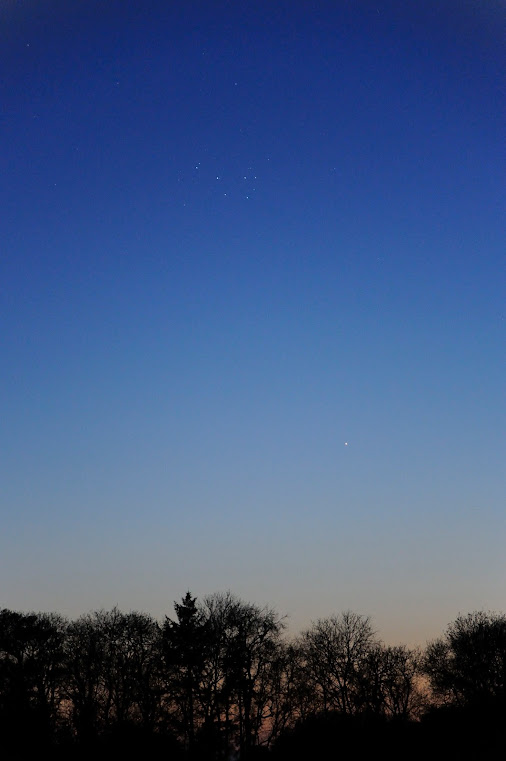I have recently been making observations of the variable star Z Ursae Majoris. I have described the location of this star in a previous post. On their beginners webpage, the BAA describe Z UMa as a type SRb star with a visual range of variability of between 6.2 and 9.4 magnitudes over a period of 196 days. According to my Norton's Star Atlas SR stands for Semi Regular and it is a class of red giant star which has noticeable periodic fluctuations in its brightness but with some irregularities. The sub-class "b" indicates the periodicity is poorly defined (as opposed to sub-class "a" where the periodicity is persistent). This type of star is known as an intrinsic variable - its variation is caused by physical processes that are occurring within the star as opposed to extrinsic variables where the variation is caused by a geometric effect (such as eclipses between two stars).
Semiregular stars are pulsating variables. The changes in brightness are caused by size and shape changes of the stars themselves. The mechanism is relatively well understood (pdf) for some types of pulsating stars (such as Cepheid variables) but is less well understood for long period variables such as the semiregular stars. In fact, for SRb stars there is often more than one period of oscillation. In June 2020 John Greaves published a paper that looked at about 50 years of data from the BAA Variable Star Section database and concluded that from 1968 until about 1995 the main period of variability was 194.0 days but there was another contributory pulsation period of 204.8 days. This is broadly similar to studies made of data at the AAVSO.
Both SRa and SRb stars have late-type spectral classes of M, C or S and are red giants or supergiants. These stars are highly evolved stars that approaching the end of their lives. Z UMa has a M5IIIe spectrum (pdf) typical of a cool red giant with molecular bands (from diatomic Titanium Oxide) and emission lines (weak hydrogen delta and gamma lines). The presence of these metallic oxides condensing out in the outer layers of of stars like Z UMa complicates the observation of these stars because these molecules absorb visual band light and this exaggerates the amplitude of the variations to visual observers.
Interestingly, there is some indication that amplitude of variation may be increasing in recent years (see the paper by Greaves). This means that range of apparent magnitude from minimum to maximum is getting larger. Also from 1995 the data from the BAA seems to indicate that the star is settling on a single pulsation period of 189.0 days. Does this mean that Z UMa is becoming more like a SRa variable or even a Mira variable? It seems to me that there is a lot of reasons to continue following the variability of this star.




